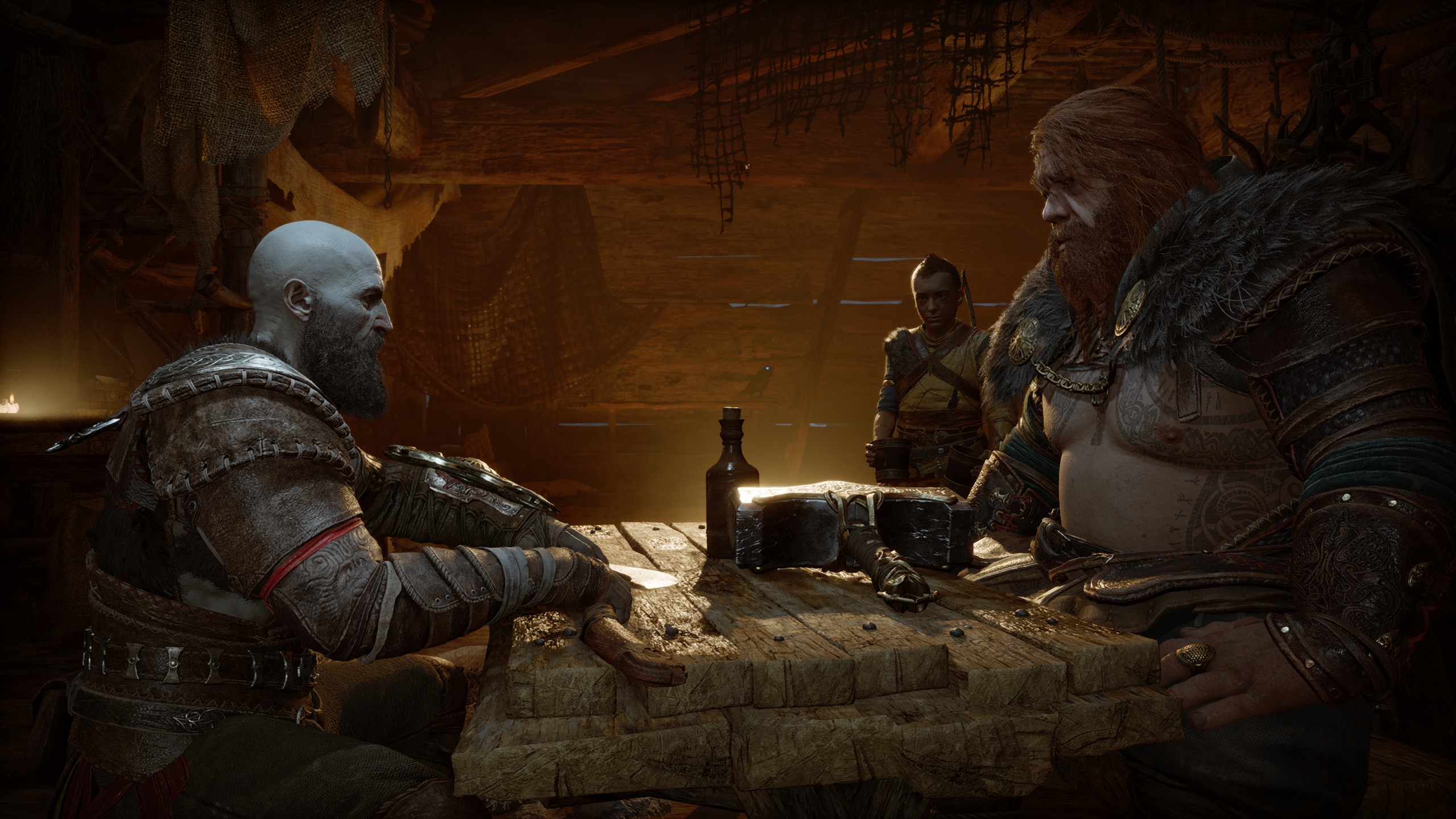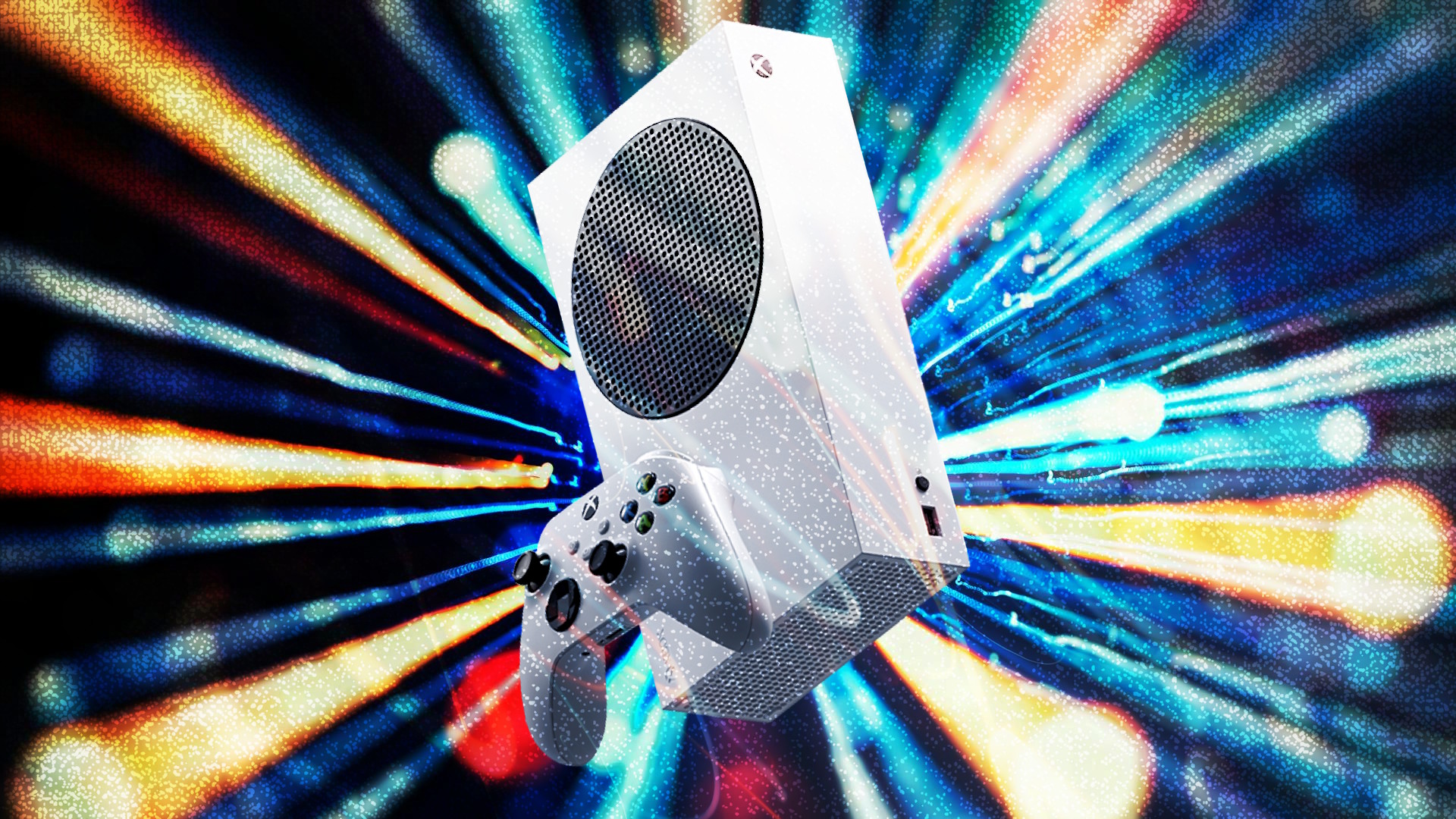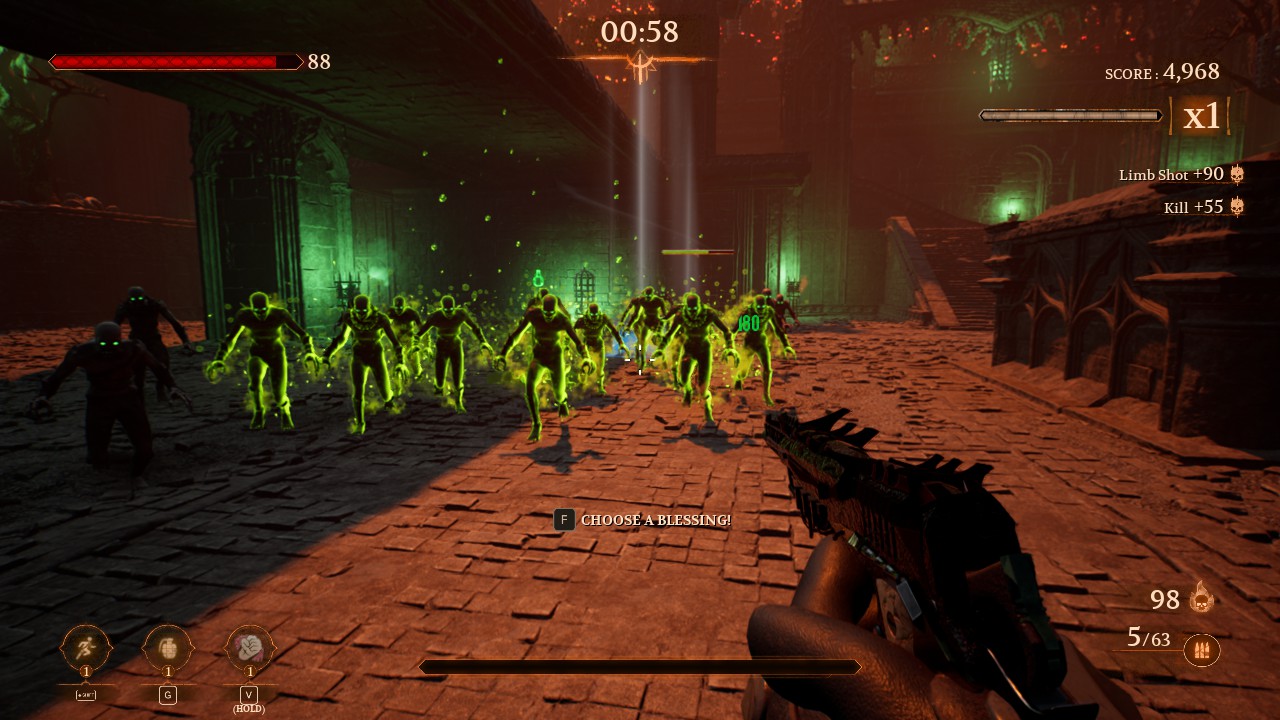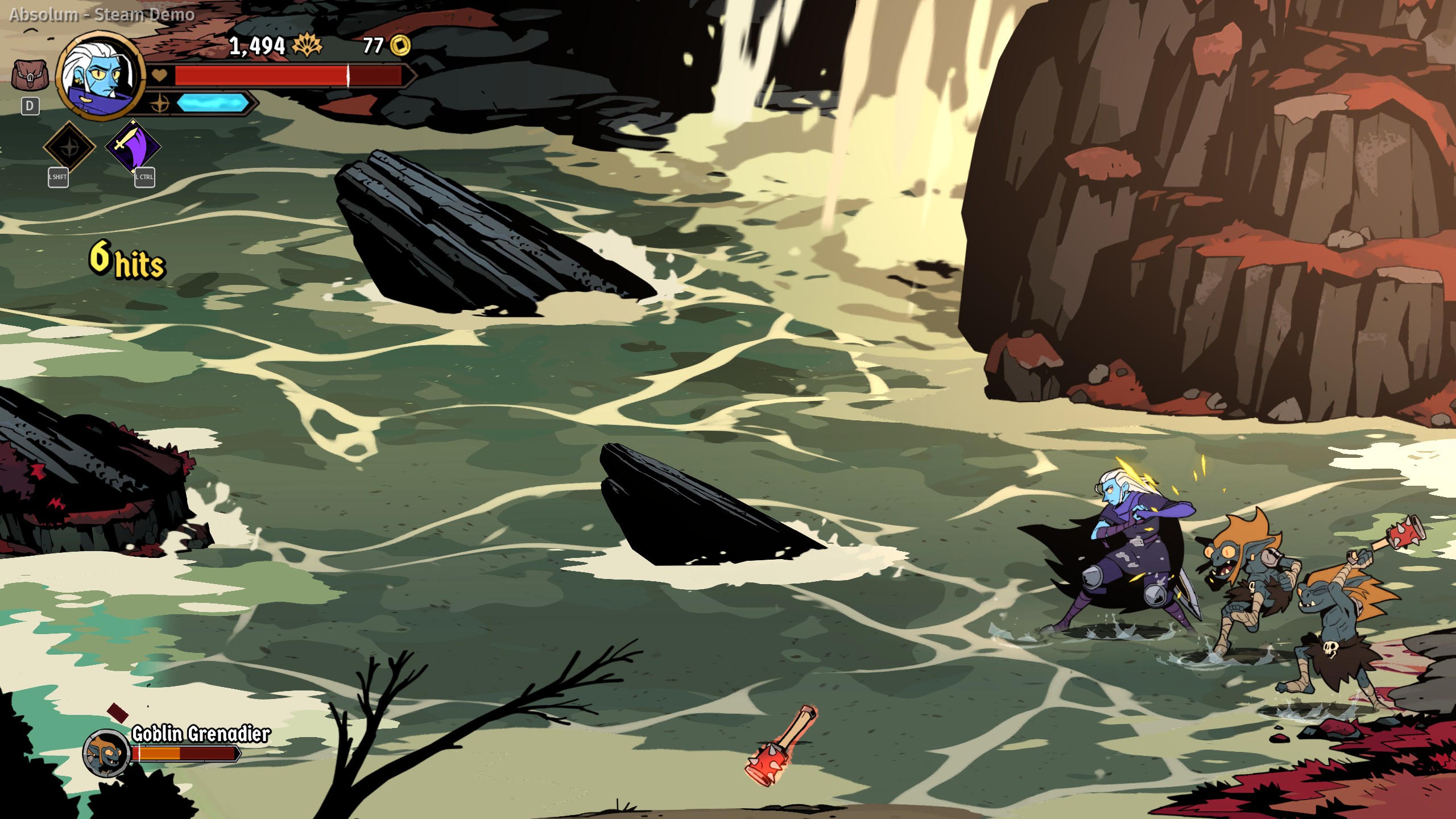The games that benefit the most from DLSS are typically either AAA beasts or games that simply aren’t optimised well. God of War: Ragnarok is obviously the former. Granted, despite being more similar to the game’s PS5 version, this PC version is far from incredibly demanding, recommending only a 2060 Super and Ryzen 5 3600. In comparison, I’m using a 3090 and 5700x which makes the game run beautifully. By default I usually get from 80-120 fps (while the framerate is capped at 120 anyway.)
Strangely, the PC version of the game features no RTX, so I wasn’t able to put my rig through its paces to the degree to which I was hoping. Even ultra settings didn’t give me much trouble, as this is truly a very well optimised game. That being said, DLSS does make a notable difference in regard to God of War: Ragnarok‘s performance. The DLSS presets range from ultra performance, to performance, balanced, quality, and DLAA.
Let’s take a look at the image quality difference between these settings. These were all captured and uploaded at 1440p, by the way. Images are all in the order of DLSS off, ultra performance, performance, balanced, quality, and DLAA. The first set of pictures were grabbed from room where Kratos travels via portals.
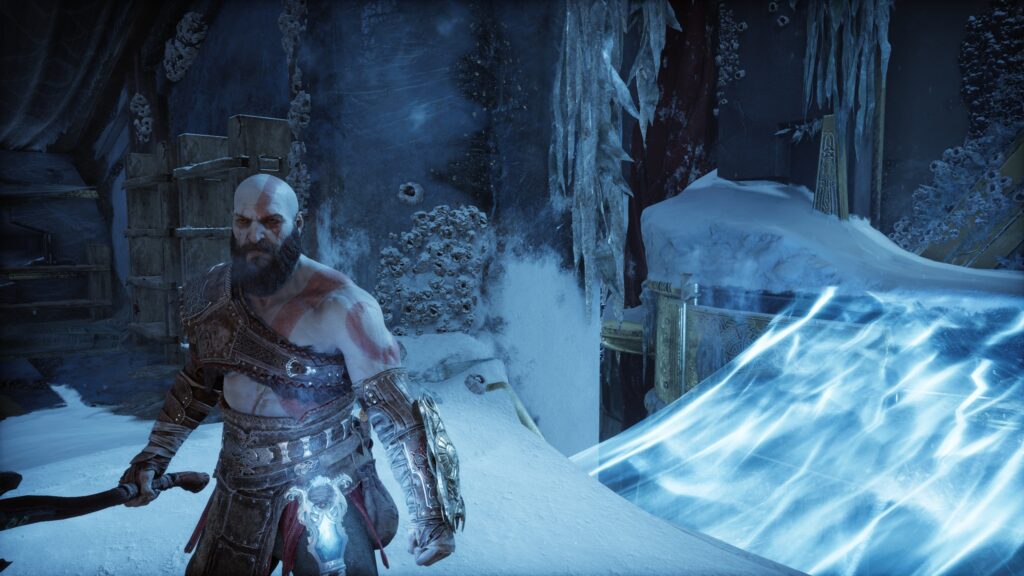
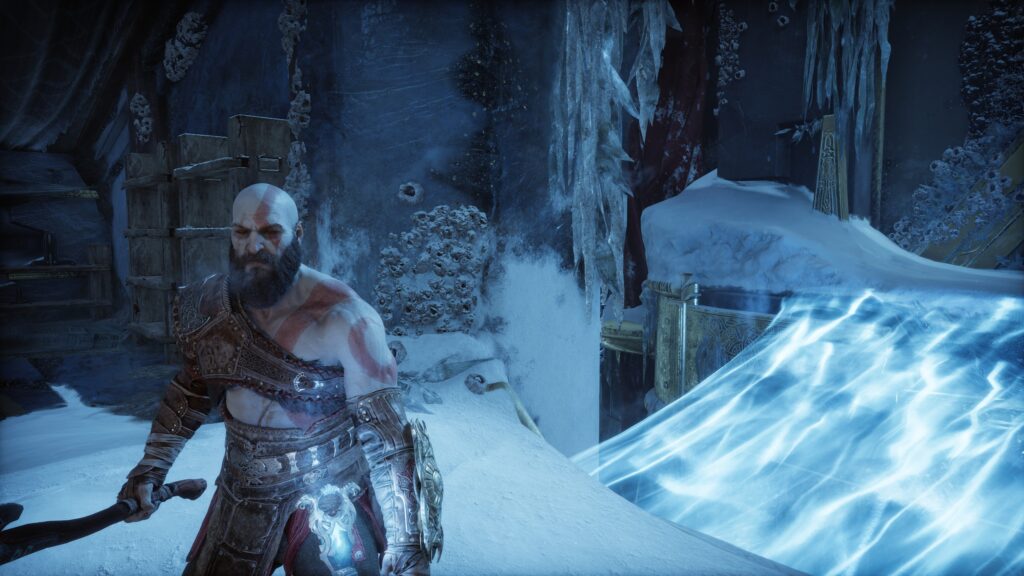
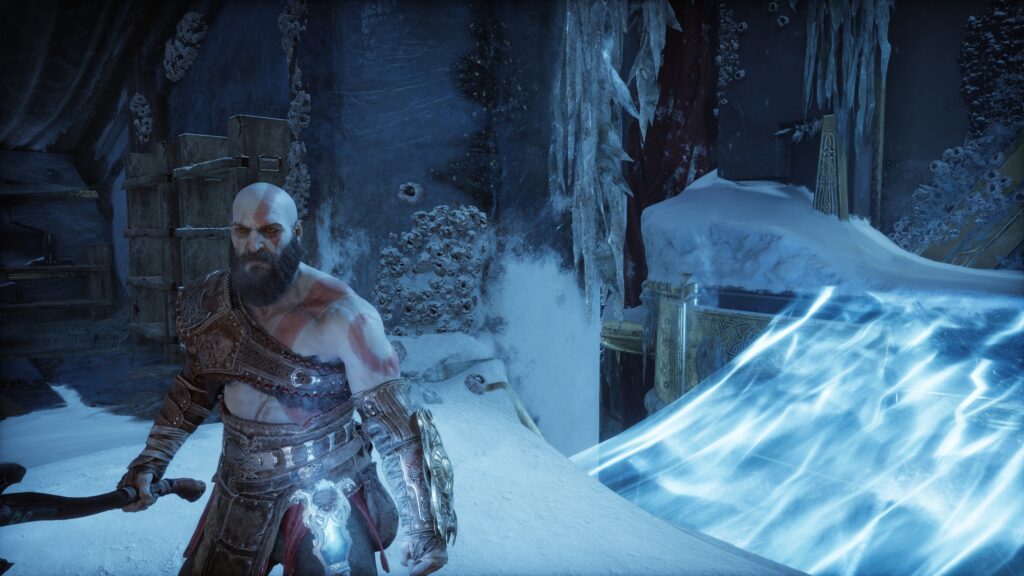
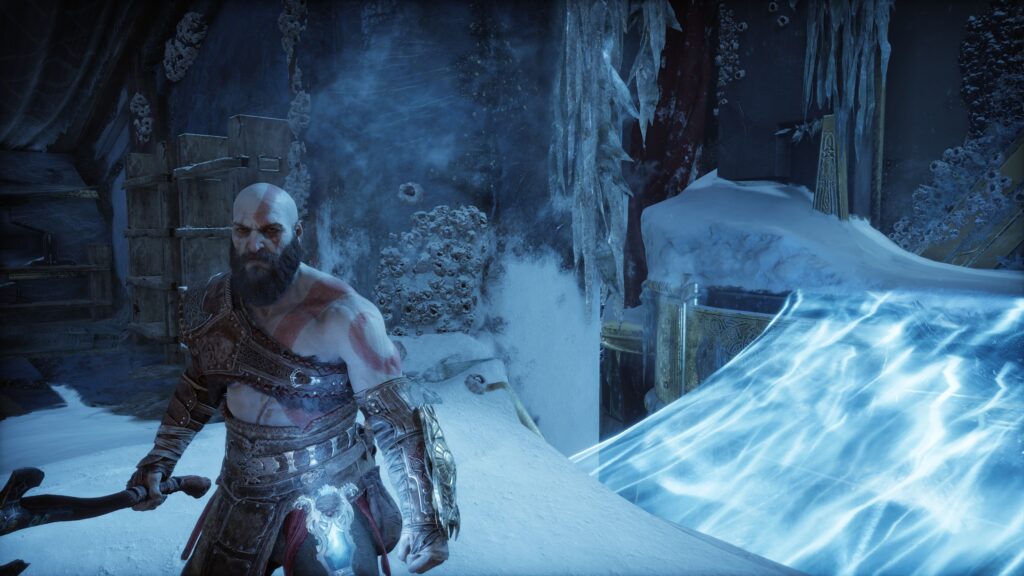
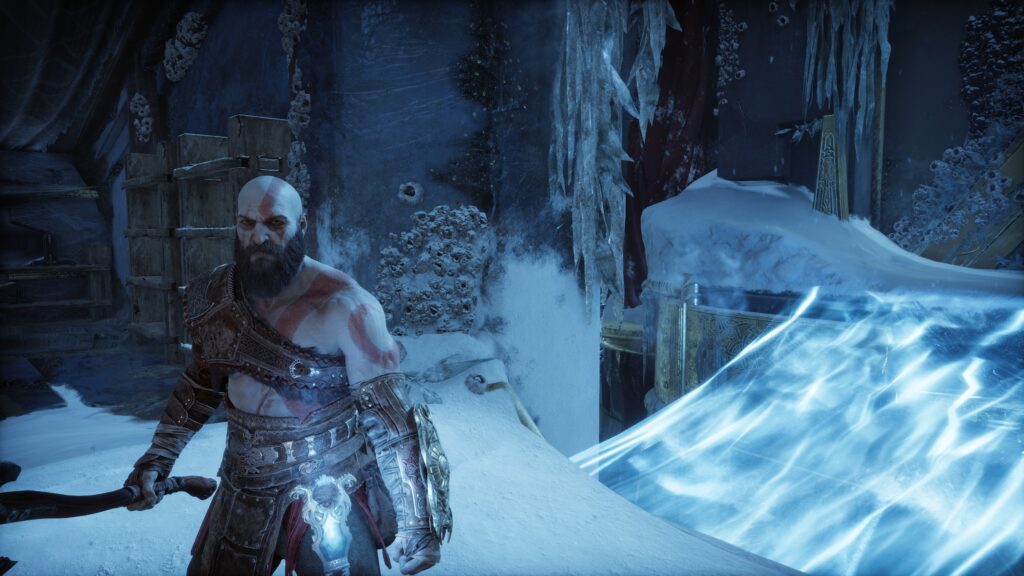

This next set of photos was taken in front of Kratos’s home.
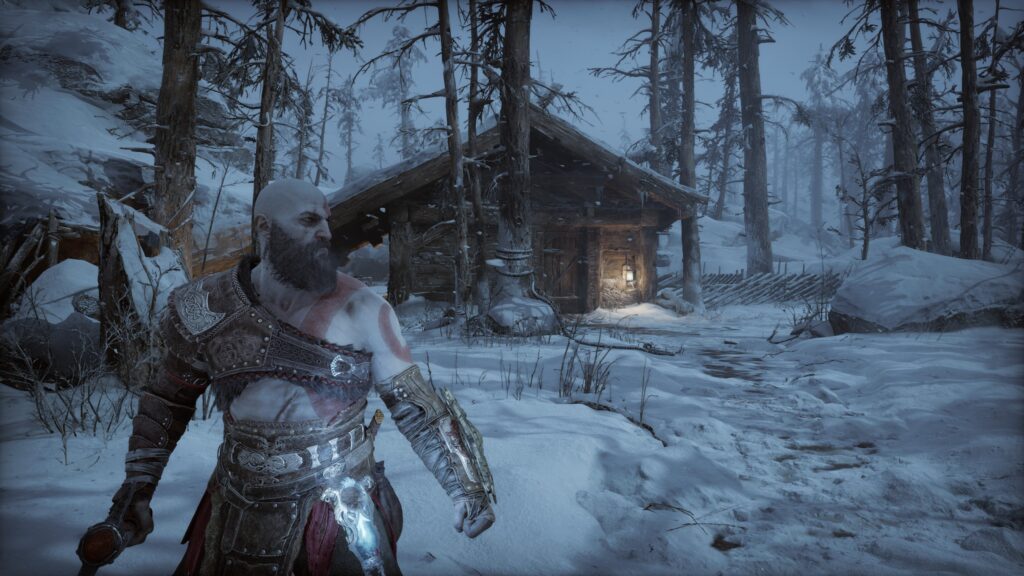
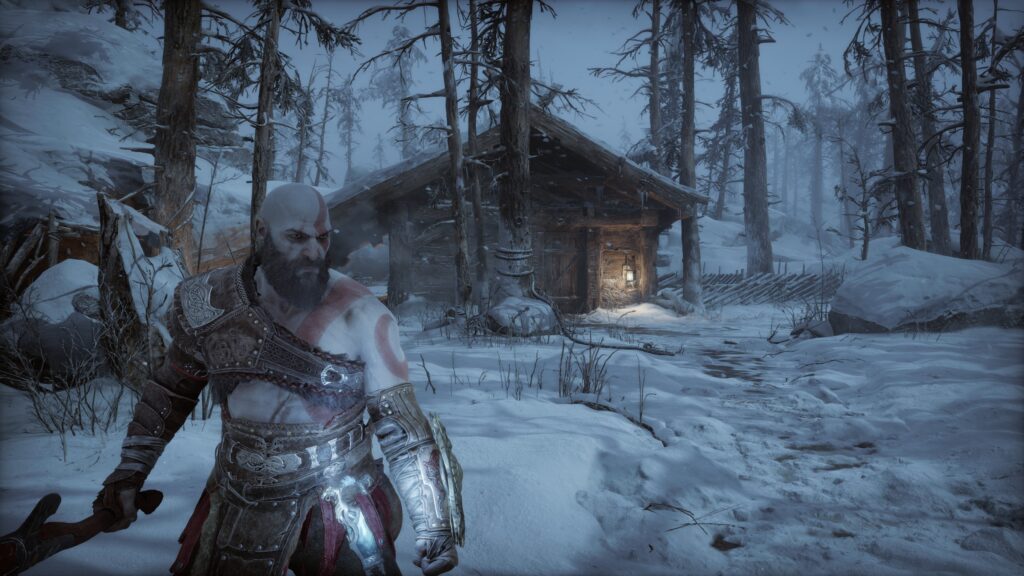
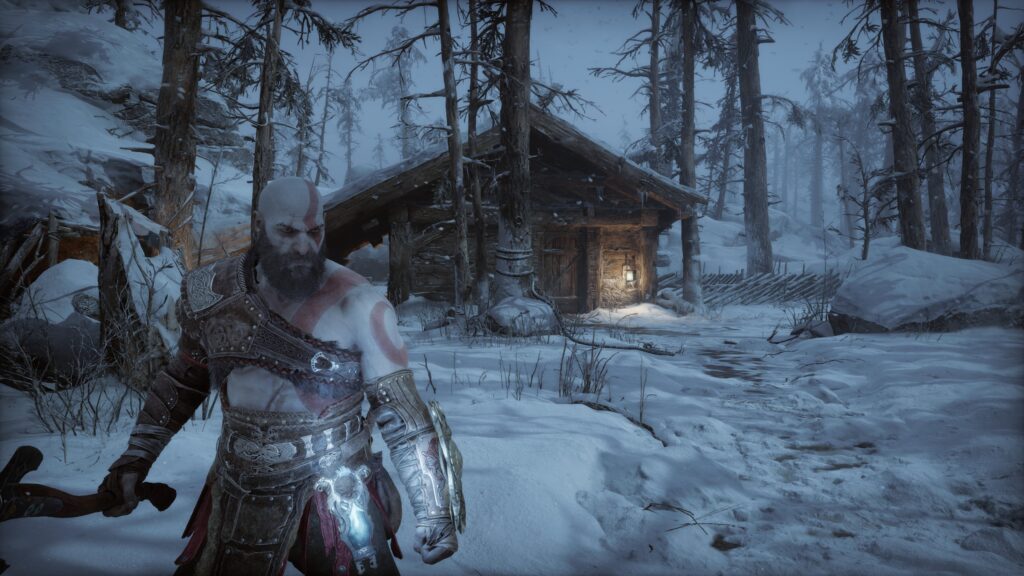
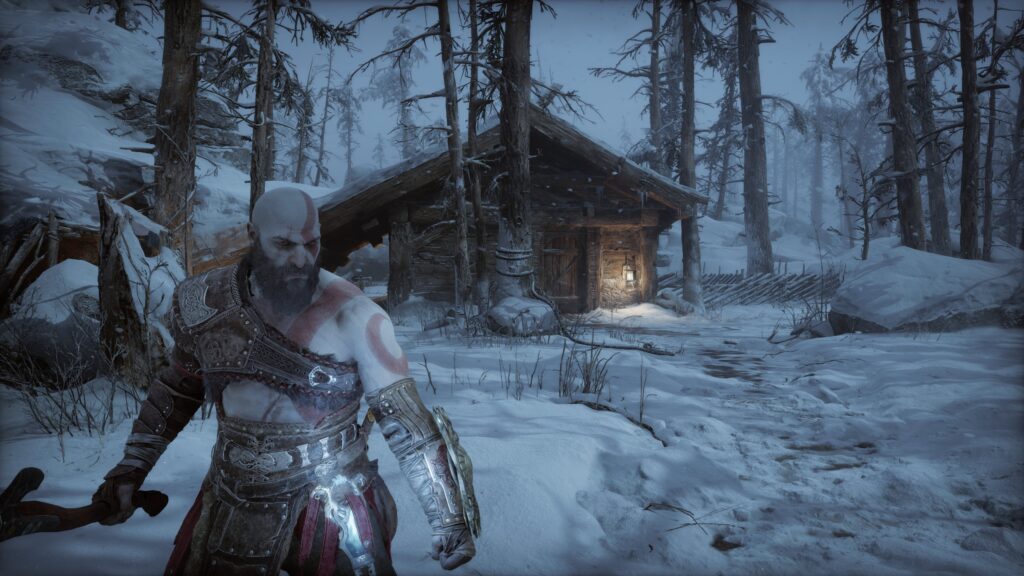
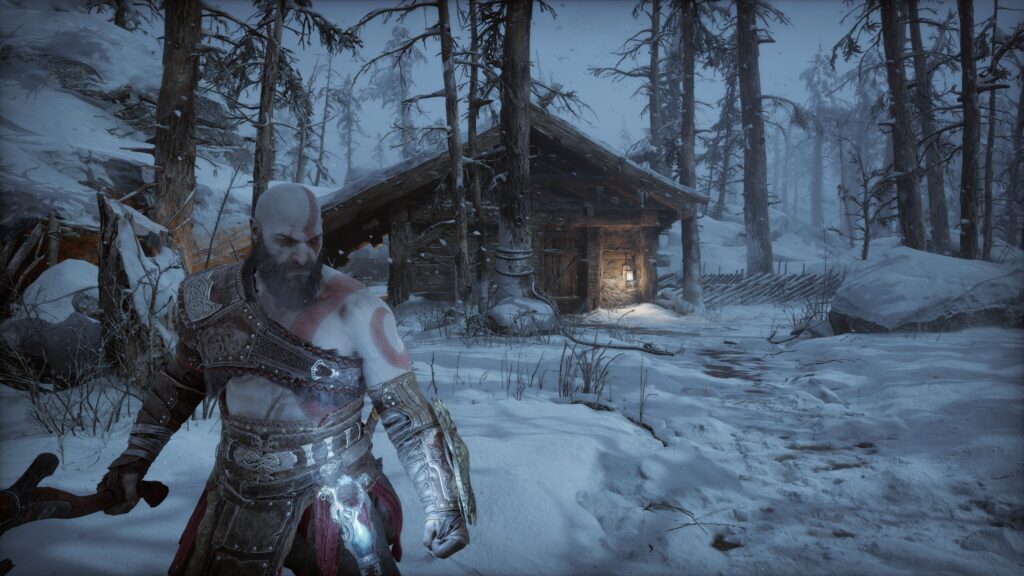
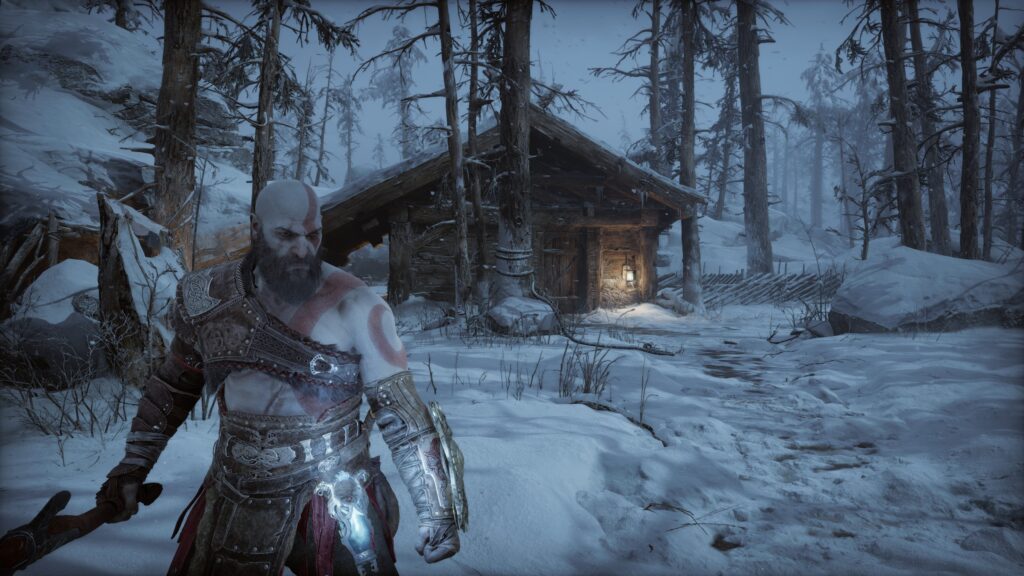
DLAA won’t give you a lot of extra frames as it’s more of a literal anti-aliasing feature. However, dropping down to ultra performance makes a substantial difference. In the below scene in front of Kratos’ house, I got 80 fps. With ultra performance on it varied between 100 and 120. Adding an extra 40 frames is a very substantial difference indeed. Importantly, I couldn’t help but notice just how much DLSS has changed recently. In the past, putting a game on ultra performance would add a lot of artifacting to the visuals. Here, though? Ultra performance looks far better compared to the other settings.
Still, I wish the game had RTX functionality. God of War: Ragnarok is a gorgeous game, but raytracing could really have added something special in spots. Plus I really wanted to see just how well the DLSS implementation handled it. Regardless, I can’t help but be satisfied by how the tech works here, as this is a game where having the extra frames really helps, considering how demanding the action can be.
Check out our previous feature:
Interview – Sky Oceans: Wings for Hire devs talk gameplay, Skies of Arcadia comparisons, and more |

